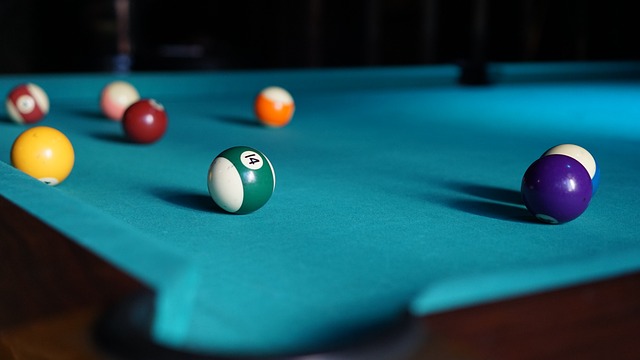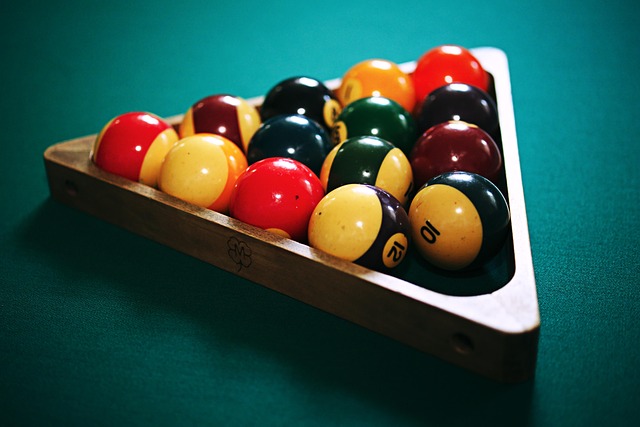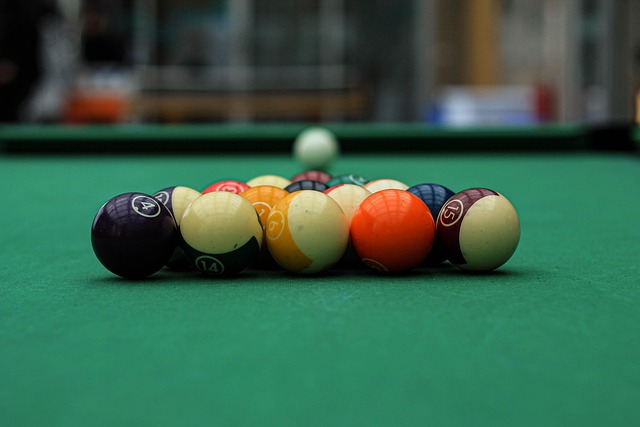A pool table's significant weight, typically ranging from 150 to 250 pounds (68-113 kg) or even up to 850 pounds (386 kg) for larger models, is attributed to its robust construction. This includes high-density materials like solid hardwood frames, dense slate playing surfaces, multiple wood veneers and plywood layers, metal pockets, rubber cloth, and heavy plaster/resin layers. The table's weight ensures stability, durability, and a smooth playing surface, crucial for both competitive play and longevity in pool halls.
Curious about why pool tables are so heavy? It’s not just their solid construction—a plethora of factors contribute to their weight. In this article, we dissection the key elements that make up a pool table, from the materials used to the intricate assembly techniques and the effect of size.
Discover how each component plays a role in creating a sturdy, robust table—one that can withstand intense gameplay for years to come. By the end, you’ll understand why “how heavy is a pool table?” isn’t just a simple question, but an exploration into the very essence of quality and craftsmanship.
- Components and Materials: Exploring the Weight contributors
- Construction Techniques: Understanding the Design Factors
- Size and Scale: The Impact on Pool Table Weight
Components and Materials: Exploring the Weight contributors

A pool table’s weight is primarily determined by its components and materials, each contributing to its overall heft. The structure itself often consists of a solid wood frame, typically made from hardwoods like oak or maple, which significantly adds to its mass. These woods are chosen for their strength and stability, ensuring the table can withstand the rigorous play and frequent movements of cues without warping or bending.
The playing surface, known as the slate, is another substantial factor. Slate is a dense material that provides a smooth, level playing field. It’s carefully cut and fitted to the frame, adding considerable weight to the table’s top. Below the slate, several layers of wood veneers and plywood further enhance stability and distribute weight evenly, ensuring the table remains sturdy during play. Additionally, pockets, usually metal, are securely attached, contributing to the overall weight and providing the necessary structure for playing the game.
Construction Techniques: Understanding the Design Factors

Pool tables are known for their substantial weight, with an average table tipping the scales at around 150 to 250 pounds (68-113 kg). This weight is no accident; it’s a result of careful construction techniques designed to ensure stability and durability. The framework typically consists of a sturdy metal or wood base, often reinforced with crossbraces for added strength. The playing surface, or bed, is made up of multiple layers: a top rubber cloth, wooden slats, and a heavy plaster or resin layer that provides the smooth, level playing surface essential for accurate shots.
These design factors play a crucial role in determining the table’s weight. The wood used in construction, whether it’s solid hardwood or engineered boards, adds significant mass. Moreover, the placement of pockets and the overall dimensions contribute to the overall weight. Understanding these elements is key to appreciating why a pool table isn’t a light piece of furniture – its heft is integral to its performance and longevity on the pool hall floor.
Size and Scale: The Impact on Pool Table Weight

Pool tables vary in size, from compact models suitable for home recreation rooms to full-sized tables that can weigh significantly more. The larger a pool table is, the heavier it becomes due to its construction and materials. A standard 9-foot (2.74 meter) table, for instance, typically weighs around 650 to 850 pounds (295 to 386 kilograms), while an 8-foot (2.44 meter) table might weigh between 500 and 700 pounds (227 to 318 kilograms).
The weight is distributed across the table’s structure, which includes a solid wood frame, a thick slate playing surface, and durable pockets. The frame alone can contribute a substantial portion of the total weight, especially when made from dense woods like oak or maple. The slate top, while providing a smooth and accurate playing surface, adds considerable mass due to its thickness and density. Additionally, the cushions and cloth further increase the table’s overall weight, making larger models even more robust and stable for intense gameplay.
A pool table’s substantial weight results from a combination of its intricate construction, high-quality materials, and careful design. Each component, from the slate bed to the legs and cushions, plays a role in achieving stability and precision during play. Understanding these factors sheds light on why a pool table can weigh several hundred pounds, ensuring it provides a robust and durable gaming experience. So, when considering “how heavy is a pool table?”, remember that its weight is a testament to the craftsmanship and materials that go into creating this classic game piece.
